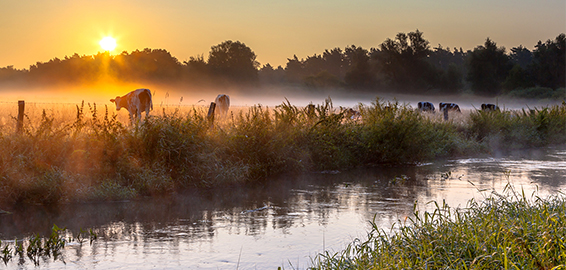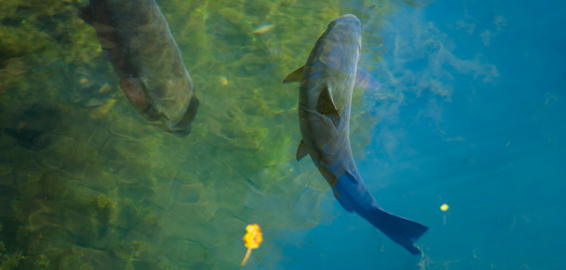Within 40 years, our planet will have to feed 10 billion people. We will have to produce more food in the next century than we have in the history of agriculture. The brunt will fall on the United States, where we have the most fertile soils, available water and technology to increase production.
We will have to do this with less land, as agricultural properties are developed and degraded. We will have less water available for agriculture, due to rising needs and declining quality.

We must answer this challenge in a way that protects our environment. Without clean water, this is impossible. Clean water is essential for food production, food safety, human health, and wildlife. Contaminated water is bad for agriculture and downstream communities. Keeping the water clean is far more cost effective than remediation.
Governmental funding probably will not solve this problem. Conservation funding peaked in 2010 and is expected to decline. State governments are struggling, and federal spending will be constrained for the foreseeable future. We must find a way to get better results with less money. We can, and we will. Just as farmers have embraced technology and sound business principles to improve their lands’ efficiency, we must do the same for conservation. We can help ensure cleaner water at a cheaper price. McGraw’s Heartland Waters Initiative is a major step in that direction.

